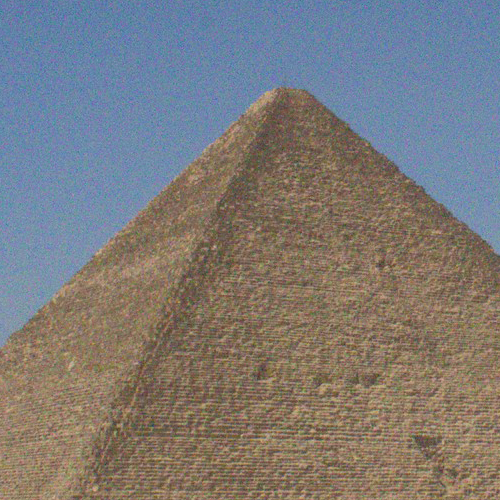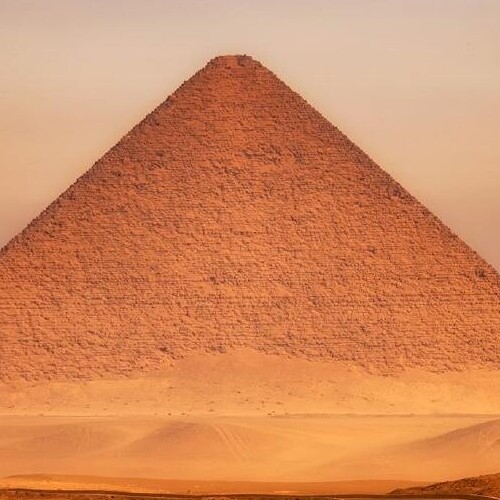No other nation in the world says ‘Welcome’ as often as the Egyptians, and every time, they mean it. While the ancient civilization of Egypt continues to amaze, contemporary Egyptians are equally remarkable.
The Solar Boat Museum
Unveiling the Enigmatic The Solar Boat Museum of Khufu
In the year 1950, amidst the timeless sands of Giza, an archaeologist and architect by the name of Kamal el-Mallakh found himself in a pivotal role as an antiquities’ inspector. Little did he know, his journey would lead to a discovery of profound historical significance—an encounter with the Solar Boat of Khufu.
The stage was set just south of the magnificent Great Pyramid, where the construction of a tourist road was underway. As the sands yielded to the diligent efforts of workers, they stumbled upon a seemingly unremarkable find—a narrow mortar line, marking the edges of two lengthy and enigmatic pits. In the eastern pit, they unearthed an astonishing cache of 41 colossal limestone slabs, with an equally impressive discovery of 40 slabs in the western pit. Among these stones lay a cartouche bearing the name Djedefre, the pharaoh who succeeded the renowned Khufu.
At first, the stonework garnered little more than passing interest, save for Kamel el-Mallakh, who recognized the potential significance of this discovery. For the next four years, he tirelessly endeavored to persuade his superiors of the need for further investigation.
It was not until May 26th, 1954, that the real journey began. Delving into one of the stone blocks, they created an opening and carefully lowered el-Mallakh into the pit, sealed from the outside world for millennia. What he encountered within would rewrite history—an immaculately preserved boat, carefully arranged into 13 layers, each bearing the weight of centuries. The boat bore testament to the craftsmanship of its ancient builders, complete with matting pieces and meticulously wound ropes.
Inscriptions, meticulously etched by the hands of those who had crafted and revered this vessel, adorned certain sections of the boat. These inscriptions revealed the purpose of each piece, and yet, despite this roadmap, it would take el-Mallakh and his dedicated team more than a decade to breathe life back into this ancient relic through meticulous reconstruction.
By 1968, the Solar Boat stood resurrected—a majestic vessel measuring 43.3 meters in length, 5.9 meters in width, with a draft of 1.48 meters—a vessel of unparalleled grace and grandeur, with an estimated displacement of 45 tons.
The boat’s significance remains a subject of fervent debate among scholars. Ancient texts of the pyramid suggest that upon the king’s death, his soul embarked on a celestial journey aboard his solar boat, destined to reunite with his divine father, Re, among the stars. Some argue that this vessel was purely symbolic, while others speculate that it may have served a more earthly purpose—an instrumental role in the transportation of the king’s mortal remains across the river and to his final resting place within the pyramid.
In 1987, a bold expedition ventured to the Great Pyramid, drilling a hole into the western boat pit and introducing a microprobe to quench their curiosity. Their astonishing discovery reaffirmed their suspicions—a second wooden boat lay dormant in the pit. It was decided to leave this treasure untouched, preserving it for posterity.
The presence of wood in Ancient Egypt was a rarity and a treasure, sparking hope among experts that this discovery might illuminate the nature of early foreign relations in Egypt’s storied history.
Among the myriad boats of Ancient Egypt, the Solar Boat of Khufu stands as a testament to human ingenuity and devotion. Today, a museum dedicated to this remarkable vessel stands a mere stone’s throw from the original discovery site, on the southern flank of the Great Pyramid. Here, visitors can embark on their own journey through time, bearing witness to a marvel of ancient craftsmanship—a vessel that once carried kings and souls into the embrace of the heavens.
Created On April 07, 2020
Updated On January 27, 2024
Giza Travel Guide



